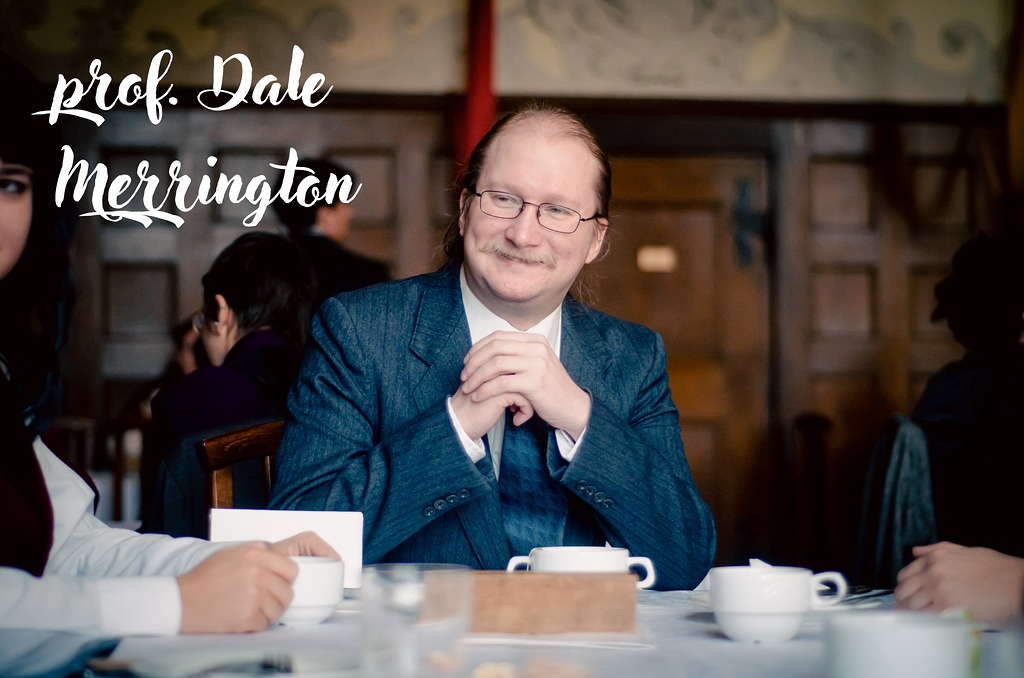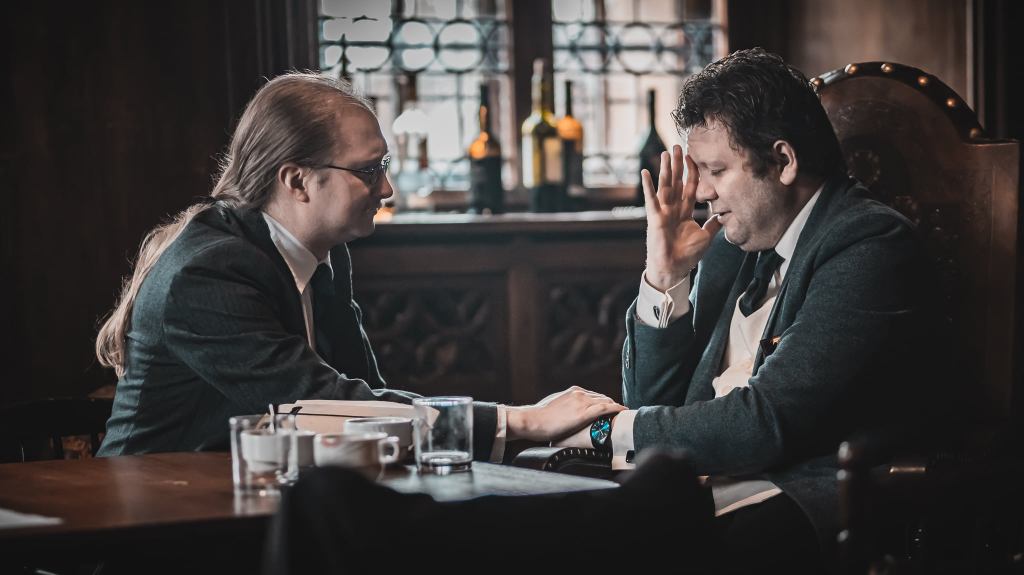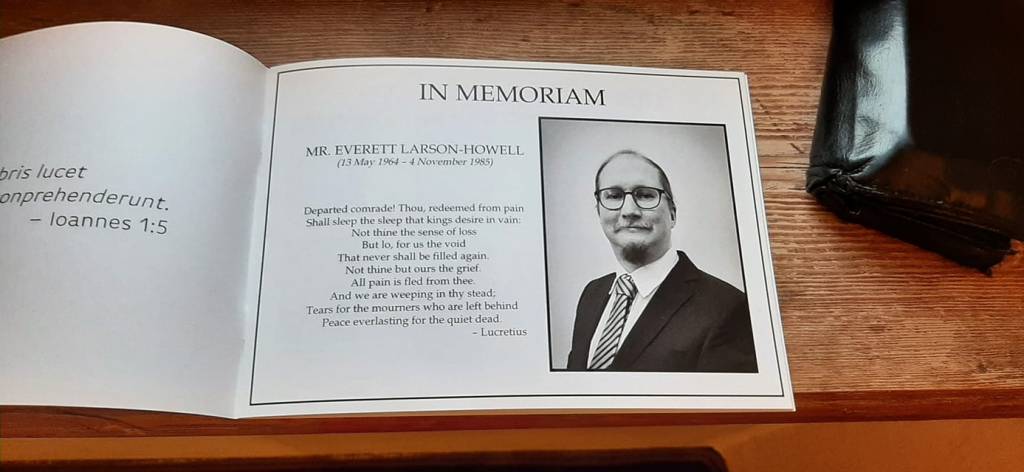“And all should cry, Beware! Beware!
His flashing eyes, his floating hair!
Weave a circle around him thrice,
And close your eyes with holy dread,
For he on honey-dew hath fed,
And drunk the milk of Paradise.”
– Samuel Taylor Coleridge, Kubla Khan, c. 1797-98

There are tales that demand to be told, and some tales that resist it to the utmost. Sometimes, they are the same tale, which is often how I feel about my larp stories. It’s why I never wrote about my Just a Little Lovin’ experience, for instance. I feel that though the experience has been intensely personal for me, it is not entirely my story to tell. It has been intensely personal for many people, and their experiences are not only not mine but also often wildly different, even if we have played a close relationship. A story I tell can only be my story, and often this limitation has kept me quiet. It feels too much like infringing on someone else’s subjective experience, like raising my voice over the voices of others. I do not want to do that. On another level, these often lead to introspection and self-doubt – I said the wrong thing here, I should have escalated there. This can be crippling. As I begin this, I do not know if I will ever press “Publish”.
But, dammit, sometimes the story is just too damn good not to try.
So, earlier this month, I woke up on a Monday morning, looking ahead to a week of nothing in particular. Then I looked at Facebook, and there was a post that The Forbidden History was looking for a Professor to replace a cancellation, if you could just haul your ass to the game site in time. Which was two days hence. In Poland.
For a bit of necessary background, The Forbidden History was something I was aware of. Run now the second time, it was a larp based on Donna Tartt’s The Secret History, one of my absolute favourite novels. It is a sprawling, baroque work that, among other things, features what I consider one of the finest scenes in all of English literature where the protagonist makes friends by demonstrating his knowledge of the Ancient Greek locative case. In the words of one of my former professors, it makes my little philological heart go pitter-pat. Moreover, some friends had already courted me to sign up the month previously at Knutepunkt in Oslo.
So, obviously, I did the responsible adult thing and checked flights before contacting the organizers and securing my place.
<
St. Theodora’s College
“This other Eden, demi-paradise,
This fortress built by Nature for her self
Against infection and the hand of war,
This happy breed of men, this little world […]”
– William Shakespeare, Richard II, 1595
The setting was 1986, and the school was called St. Theodora’s. It was liberal in arts and social mores, conservative in everything else, a safe haven against discrimination and prejudice yet locked in the Victorian era with its curriculum and structure. The school was split into two tracks, Classical and Modern, with the latter being an innovation so recent we were about to graduate our first Seniors come spring. Classical had subjects like Philosophy, Ancient Greek, Assyriology, Egyptology, and Drama, while the Modern had Rhetorics, Applied Ethics, Literature, Poetry, History, and so on. Students who wished to pick from the other track were relegated to taking extracurricular classes.
The year of the game was somewhat arbitrary, and as far as I could tell mostly picked because a) it would remove mobile phones from the historical context and b) it was the year Donna Tartt graduated from Bennington, on which she based the Hampden College of The Secret History.

St. Theodora’s anachronistic acceptance towards minorities was explained in the backstory as Theodora being an illustriously self-sacrificing woman who masqueraded as a monk was only found out after her passing. Amusingly, in the real world, the Eastern Orthodox Church also recognizes a Saint Theodora, better known as Empress Theodora of Byzantium. One of the major contemporary sources on her is a book written by Procopius, Ἀπόκρυφη Ἱστορία, commonly translated in English as… The Secret History. I do not know if this was intentional from the writers, but I like to think it was. [Edit May 18 2022: It has been brought to my attention that the Saint Theodora of St. Theodora’s College is another actual Orthodox saint called Theodora of Alexandria. But I still think that The Secret History thing is cool.]
St. Theodora’s open-mindedness was also about art, and passion. It was an environment where we could be freely passionate about art, without being thought strange, or mocked. We wrote, recited, and discussed poetry. We studied Lord Byron, and debated the merits of Tennyson, discussed what Shelley meant, read Cavafy, and asserted that Larkin’s “This Be the Verse” was inspired by his own experiences at St. Theodora’s. When I got back, a friend commented that it sounded pretentious, but it was precisely not that. It was entirely in earnest, untainted by irony (except maybe the Larkin bit). That love of beauty and learning was the kernel of truth in our fiction.
Our college was housed, once again, in Czocha Castle, a venue I have larped at before, and which I literally had to escape in March 2020 when borders started closing. It was one of the reasons I could jump at the opportunity. I have been there a number of times already and there was an element of routine to the travel logistics – this time slightly disrupted by the introduction of the new Berlin Brandenburg Airport, which is an affront to Hermes.
Let Me Tell You About My Character
“Mad, bad, and dangerous to know.”
– Lady Caroline Lamb, about Lord Byron, c. 1812
As the spot was a cancellation, I received a character that I probably would not have, had I filled out the casting form myself. Professor Dale Merrington was in some ways very far outside my comfort zone – dude had more intimate contacts than my entire previous larp history combined, including the guy in a polycule at JaLL – and in some ways so close to home that my partner, looking at a paragraph of his 11-page character brief, said to me “So you’re playing yourself?”

Fortunately, it was not one of the awful bits, just a sad one. Professor Merrington was a bisexual man in 1986 (AIDS was specifically noted not to be a theme in the game), living at St. Theodora’s College because he could openly be what he was and still retain his job. Also, he was incapable of forming lasting relationships, and filled the gaping hole in his soul by having meaningless affairs with students. There was more than a bit of Lord Byron in him. He was manipulative and remorseless, and the damage he may have caused his students was inconsequential – they came for four years, and then they would leave, and never cross his path again.
Also, the good Professor’s discipline was Philosophy of Science and I had to give a total of seven lessons in three days.
While I have been described as well-read and my personal library is the envy of many, when it comes to philosophy of science, I am an idiot child. In most larps this would not have been a problem, but in The Forbidden History, there was an expectation of actual lessons. The other professor players not only all had actual expertise in their characters’ fields but had also had time to prepare.
But hey, I had two days, no problem. So, while I was organizing my travel logistics, packing, reading up on the game materials, talking with my contacts, and figuring out my props, I also took the opportunity to read up on A Very Short Introduction to Philosophy of Science. Of course, as my calm Monday morning had metamorphosed into the frantic last days before a larp, I could not actually retain any of what I had read.
To give an idea of how high-strung I was… I wear an activity bracelet. It measures my heart rate and counts my steps and if I reach a set activity goal during the day, it buzzes and stuff. Usually, it takes me about 10-12 000 steps to reach the goal. On that Monday, my activity was 188% with only 4 500 steps and without leaving my apartment. This gives an idea of where my heart rate was.
Fortunately, my travel itinerary afforded me the opportunity to pick the brains of wiser larpers, some of whom had played the first run. Another thing I had going for me was that I had taught at Czocha before. There’s an art to teaching in a larp, and it’s far less about pedagogics than it is about facilitating play.
It also helps that everyone else is there to pretend you have your shit together. Mostly, I discussed basic epistemology and scientific method, but we also had an interesting discussion on Harry Frankfurt’s On Bullshit. I would only characterize my extracurricular class as a failure, and that was because I tried to bite off more than I could chew and go over some actual science. Fortunately, as I was there dying in front of the students, I had the power to interrupt my own torment and dismiss the class early.

Teaching was easily the smaller challenge that Professor Merrington presented me. As noted, he could be a complete monster. This is difficult for me to play at the best of times, let alone with a two-day prep time. I am not particularly good at dredging up the darkness from the bottom of the soul and finding the headspace for intentional cruelty is tough. Of course, beyond the comfort zone is where the magic happens, and I did push myself.
The flipside of the Professor was that in the teachers’ lounge he had actual friendships and potential for a real relationship, complete with a triangle drama. The Professor of Rhetorics was an old boyfriend, Professor of Music the one that got away, and Professor of Applied Ethics an old friend and partner in crime.
Anecdotes and War Stories
“Poetry is the spontaneous overflow of powerful feelings: it takes its origin from emotion recollected in tranquillity.”
– William Wordsworth, Lyrical Ballads, 1798
The set of the stage at the start of the larp was that the midterm exams were just over, and everyone’s grades had been posted in the hall, and Knock Night was approaching. The Knock Night, of course, was the time when the secret societies of St. Theodora’s College would induct new members from among the freshmen and the sophomores. The secret societies were a whole big thing, something that happened in the shadows and was not spoken of or acknowledged in public. There was no conflict or interaction between them. They were self-contained, and did their own thing behind closed, often secret doors. Suffice it to say that the one Professor Merrington was in could be described “abusive Neoplatonic psychodrama self-actualization society with lovebombing”. There was also a highlight moment during the final evening when a group of us professors were advising a student about her opportunities in life after St. Theodora’s, and discussed Yale, and someone mentioned Skull and Bones, and we all burst out with mocking laughter. It was a moment of humour among peers united by the common secret that we all had a secret from the others.

At the start, the professors were grousing about the shortcomings of their classes in the teachers’ lounge, while the students were… I do not know what the students were doing, I was at the teachers’ lounge. There was port. (A Czocha teachers’ lounge always has port.)
It was the typical “year of events in four days” type of turbocharged experience. Over the larp, Professor Merrington was rejected, jilted, and coldly dumped by three different paramours, and still he ended up dancing the waltz with his old flame, Professor Francis Northbroke, at the Masque on the final night, and they had their happy ending. First time I had played a same-sex relationship, actually.
There was a night of drinks and poetry with Merrington’s mentee students, the Poetry Circle. Troubled youths, not the least bit helped by Professor having slept with two of them and treating the rest as puzzle boxes to be opened or projects to be remoulded in his own image. But we had a good time, writing poetry and reciting verse, with one memorable enactment of John Wilmot’s “The Imperfect Enjoyment”, and a running joke of erotic poetry about salad.
I played a double role, too. A few weeks before the larp, a friend who had courted me for the game needed a photo for the yearbook for his character’s dead brother. Anything for a friend. This became a small issue when it was realized I would be joining the staff, but with a bit of facial grooming and a different set of glasses as well as instructions for everyone else not to play on the coincidental similarity between Professor Merrington and poor Everett Larsen-Howoll fixed that. Of course, the dead student was also a plot point I could not touch at all lest it immediately devolve into metahumour.

But I cannot tell everything. Memory fades and twists, some stories are too intimate for public consumption (in keeping with the source material, there were at least two incest plots), and others would bore the dear reader. I will leave you with this one, perfect moment of comedy.
Scene: classroom, day. The class has just concluded and the students have filed away but for one, staying behind with the Professor.
Student: “Professor, my grade from the midterm was so low. How could I ever raise it? Is there something I could do for you? I am willing to do anything you’d like.”
Professor, seeing where this is going: “Miss, that is not how this works. First, you work hard, and apply yourself, and raise your grade. Then, and only then, can we look at… extracurricular activities. Now, please deliver me a thousand words on the state of epistemology before and after the Age of Enlightenment by Monday.”
Later in the lounge: “We cannot go around fucking the underachieving! We have standards to maintain!”
It was a good larp. Perhaps even great larp, but I did not get as much out of it as I should have. There’s a yearning in me, a feeling that there’s still something left there for me at St. Theodora’s. For days after the larp, I found myself having to restrain myself from reaching out and touching people, and wondering why everyone wears so little tweed, missing that community of the mind and the people who existed for mere days.
We were all awful people, but we were beautiful, and we wrote poetry, and it mattered.
Complete photo galleries:
Anoisina spoušť, general picture gallery
Zachytit ten moment / Míša Portychová, black and white photos
Zachytit ten moment / Míša Portychová, colour photos
Zachytit ten moment / Míša Portychová, portrait gallery
Featured image by Anoisina spoušť.





























